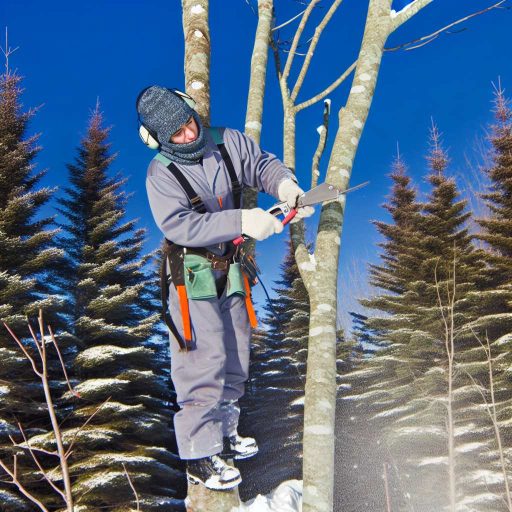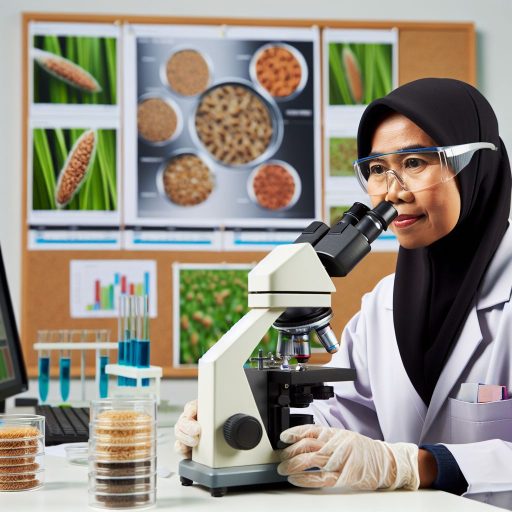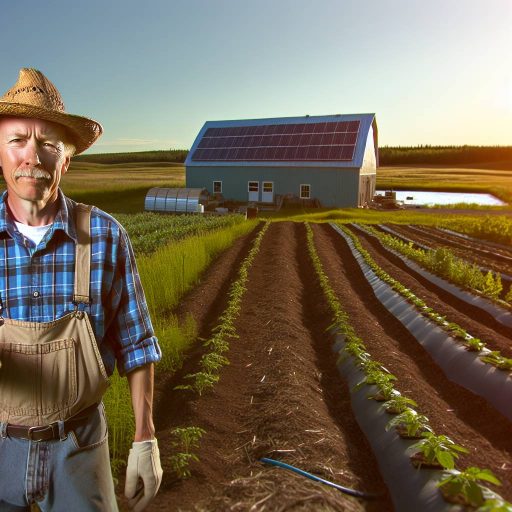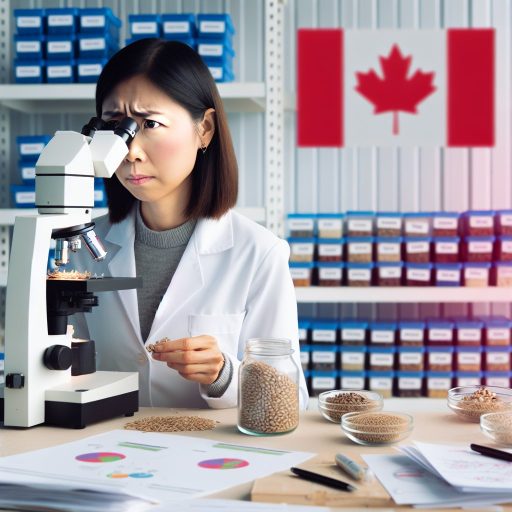Role of Arborists in Tree Health Management
Expert Assessment of Tree Health
Arborists perform thorough assessments of tree conditions and health.
They identify signs of disease, pests, and environmental stressors.
Additionally, they use diagnostic tools to evaluate tree stability.
Importantly, their expertise helps in making informed care decisions.
Implementation of Proper Pruning Techniques
Pruning enhances tree health by removing dead or diseased branches.
Arborists apply specific techniques to promote healthy growth patterns.
Moreover, they ensure proper timing is crucial for effective pruning.
This method minimizes stress and promotes vibrant foliage.
Pest and Disease Management
Arborists implement integrated pest management strategies.
They monitor for invasive species and tree diseases frequently.
Some specialists use organic treatments to maintain ecosystem health.
Regular monitoring minimizes potential tree damage over time.
Soil and Nutrient Management
Healthy soil promotes strong tree growth and resilience.
Arborists assess soil quality and recommend necessary amendments.
Their guidance includes proper fertilization to support tree vitality.
Additionally, they often test for pH levels and nutrient availability.
Public Education and Outreach
Arborists educate communities about proper tree care practices.
They conduct workshops and provide informational resources.
Through outreach, they emphasize the importance of trees in ecosystems.
Public engagement fosters a greater appreciation for urban forestry.
Collaboration with Environmental Agencies
Arborists often partner with local governments and agencies.
They assist in developing community forestry programs.
This collaboration enhances local ecosystems and tree diversity.
Furthermore, their insights help shape sustainable land-use policies.
Techniques for Assessing Tree Health and Vitality
Visual Inspection
Arborists start with a careful visual inspection of trees.
Unlock Your Career Potential
Visualize a clear path to success with our tailored Career Consulting service. Personalized insights in just 1-3 days.
Get StartedThey look for signs of disease, pests, or damage.
Healthy leaves are usually thick and vibrant.
Branches should appear strong and free of cracks.
Additionally, the overall structure must be symmetrical.
Soil Testing
Soil health is crucial for tree vitality.
Arborists collect soil samples around the tree’s roots.
They analyze nutrient levels to identify deficiencies.
Poor soil conditions can hinder root development.
Therefore, amendments may be necessary to improve growth.
Pest and Disease Evaluation
Identifying pests and diseases is essential.
Stunted growth or discoloration often indicates problems.
Arborists examine foliage for signs of infestation.
They recognize common tree maladies through experience.
Timely treatment can prevent extensive damage.
Tree Growth Measurement
Growth measurements provide insight into health status.
Arborists measure trunk diameter and tree height.
These metrics help assess growth rates over time.
Comparisons to regional norms enable effective evaluations.
Consistent growth suggests a thriving tree.
Root Assessment
Root health significantly impacts overall vitality.
Arborists examine exposed roots for damage or decay.
Compacted soil can restrict root growth.
They may recommend aeration to improve root access.
Healthy roots are crucial for nutrient and water uptake.
Integration of Technology
Modern tools enhance the assessment process.
Arborists utilize diagnostic equipment to gather data.
For instance, sensors can measure moisture levels in soil.
Drones may provide aerial views of tree canopies.
These technologies assist with more accurate evaluations.
Pruning Practices for Tree Maintenance and Growth
Importance of Pruning
Pruning promotes healthy growth and enhances tree structure.
It helps to remove dead or diseased branches.
This practice encourages new growth and flowering.
Therefore, regular pruning is vital for tree longevity.
Optimal Pruning Techniques
Using clean, sharp tools ensures clean cuts.
Always prune during the appropriate season for each species.
This timing minimizes stress on the tree.
Additionally, understanding the tree’s growth patterns is crucial.
Thinning Cuts
Thinning cuts remove entire branches to reduce density.
This enhances light penetration and air circulation.
Healthy trees benefit from better exposure to sunlight.
Heading Cuts
Heading cuts shorten branches to encourage denser growth.
They stimulate lateral buds to develop into new branches.
Use this technique to create a fuller canopy.
Identifying When to Prune
Look for signs of dead or broken branches.
Additionally, identify overcrowded areas that require thinning.
Regular inspections help in timely interventions.
Seasonal Considerations
Typically, late winter or early spring is best for most trees.
Summer pruning can help control growth.
Fall pruning is generally discouraged due to risks of disease.
Benefits of Professional Arborist Services
Professional arborists possess extensive knowledge and skills.
They assess tree health comprehensively.
Furthermore, they follow the best practices to minimize damage.
Risk Management
Professional services reduce the risk of injury during pruning.
They also ensure compliance with local regulations.
Improving Aesthetic Appeal
Skilled arborists enhance the overall landscape appearance.
They shape trees to complement property and local ecosystems.
Gain More Insights: How Seed Technologists Support Organic Farming Practices
Integrated Pest Management in Arboriculture
Overview of Integrated Pest Management
Integrated Pest Management (IPM) employs a strategically coordinated approach.
This method primarily focuses on minimizing pest damage.
Arborists assess pest populations and environmental conditions continuously.
Hence, they employ various control techniques based on research and observations.
Key Components of IPM
IPM integrates multiple components to create a balanced system.
- Monitoring involves regularly checking trees for signs of pest infestation.
- Identification of pests is crucial for selecting the right management method.
- Prevention techniques reduce the likelihood of pest problems.
- Control measures include biological, chemical, and cultural practices.
Benefits of Using IPM
IPM enhances tree health and longevity.
It reduces dependence on chemical pesticides significantly.
Consequently, this approach promotes a healthier ecosystem.
Moreover, it minimizes risks to human health and non-target organisms.
Monitoring and Assessment
Effective monitoring is fundamental to IPM.
Arborists regularly inspect trees for pest and disease indicators.
They utilize traps and scouting techniques to evaluate pest populations.
Historical data helps in predicting potential infestation outbreaks.
Education and Awareness
A key strategy involves educating clients about tree care.
Arborists provide information on recognizing early signs of pests.
Awareness helps homeowners prevent tree health issues before they escalate.
Workshops and seminars can prove beneficial for community engagement.
Discover More: Arborists and Their Role in Urban Planning and Development
Soil Management and Fertilization for Healthy Trees
The Importance of Soil Health
Healthy soil fosters strong tree growth.
It supports essential microorganisms that benefit trees.
Good soil aids in nutrient absorption.
Moreover, it helps retain moisture effectively.
Assessing Soil Quality
Begin by testing soil pH and composition.
Balance soil nutrients to meet tree needs.
Additionally, evaluate drainage and aeration.
Healthy soil should allow proper root growth.
Soil Amendments
Use organic matter to enrich soil quality.
Compost enhances nutrient availability.
Soil conditioners improve structure and water retention.
Incorporate mulch to reduce evaporation and weed growth.
Fertilization Techniques
Tailor fertilization based on soil test results.
Employ slow-release fertilizers for sustained nutrition.
Consider foliar feeding to address specific deficiencies.
Monitor tree health regularly to adjust fertilization.
Monitoring and Maintenance
Regularly observe soil moisture levels.
Adjust irrigation schedules to avoid overwatering.
Periodic soil testing ensures ongoing health.
Continually adapt practices as trees mature.
Uncover the Details: Impact Of Technology On Livestock Nutrition Practices
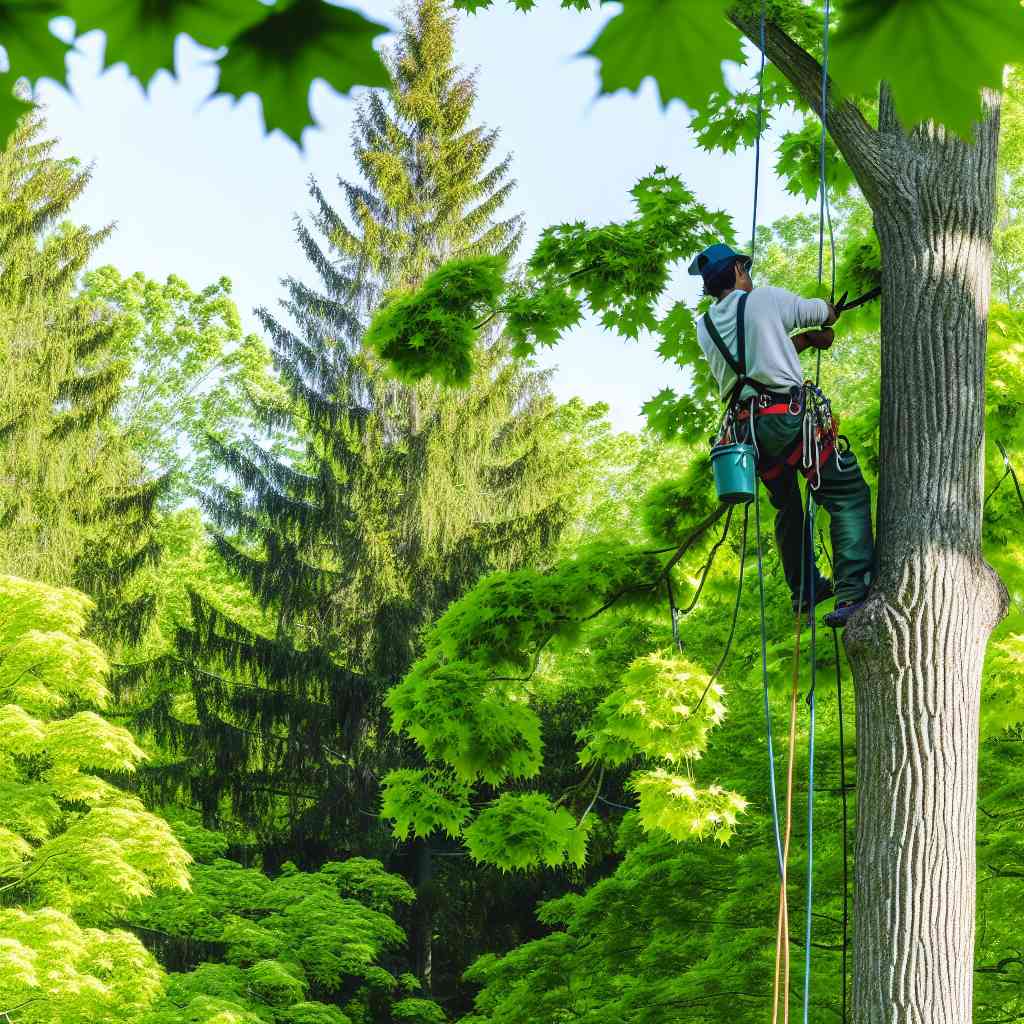
Tree Planting Guidelines for Best Practices in Ecosystems
Choosing the Right Location
Assessing the site is crucial before planting.
Consider sunlight, soil type, and moisture levels.
Ensure enough space for the tree’s root system to develop.
Additionally, examine nearby structures and other plants.
Selecting Suitable Tree Species
Choose native species for better adaptation.
Consult local arborists for expert advice.
Consider species that support local wildlife.
Furthermore, check for disease resistance in selected species.
Preparing the Soil
Test the soil for pH and nutrient levels.
Amend the soil as necessary to improve fertility.
Remove debris, rocks, and competing vegetation.
This process ensures optimal conditions for growth.
Planting Techniques
Dig a hole that is twice as wide as the root ball.
Ensure the hole depth is appropriate for the root system.
If possible, place the tree at the same depth it grew in the nursery.
After placing the tree, backfill with native soil.
Watering and Mulching
Water thoroughly after planting to settle the soil.
Establish a consistent watering schedule for the first year.
Apply organic mulch around the base to conserve moisture.
Moreover, mulch helps regulate soil temperature.
Ongoing Maintenance
Regularly check for pests and diseases.
Prune the tree as necessary to maintain structure.
Monitor growth progress during the first few years.
Adjust care practices based on the tree’s performance.
Find Out More: Frequently Asked Questions About Livestock Nutritionists
Monitoring and Protecting Urban Tree Canopies
Importance of Urban Tree Canopies
Urban tree canopies provide essential benefits to cities.
They improve air quality and reduce urban heat.
Moreover, they enhance aesthetic value and increase property prices.
Healthy canopies also support local wildlife and biodiversity.
Regular Health Assessments
Arborists conduct regular health assessments of trees.
These assessments identify signs of disease and damage.
During these evaluations, they examine trunk condition and leaf health.
Consequently, arborists can recommend necessary interventions.
Environmental Impact Monitoring
Monitoring environmental factors is crucial for tree health.
Arborists assess soil quality and moisture levels regularly.
They also track air pollution levels in urban areas.
This data helps develop strategies to mitigate negative impacts.
Proactive Pest and Disease Management
Proactive measures are vital to protect urban tree canopies.
Arborists stay informed about common pests and diseases.
They implement integrated pest management practices.
Regular treatments and monitoring prevent outbreaks from spreading.
Community Engagement and Education
Engaging the community enhances tree protection efforts.
Arborists often conduct workshops about tree care and maintenance.
Educating residents fosters a sense of responsibility.
Informed community members help report issues early.
Collaboration with Local Governments
Collaboration with local governments strengthens tree protection.
Arborists work with city planners to incorporate more trees.
They help design urban spaces that prioritize green areas.
This partnership ensures sustainable urban development.
Sustainable Practices in Urban Forestry
Using sustainable practices is essential for tree health.
Arborists promote native tree species in urban environments.
They encourage proper planting techniques and spacing.
These practices create resilient and low-maintenance canopies.
Community Education and Engagement in Tree Conservation
Importance of Community Involvement
Community involvement plays a crucial role in tree conservation efforts.
Local residents can become advocates for their urban forests.
Moreover, engaging the community fosters a sense of ownership over local natural resources.
This involvement enhances awareness of the ecological benefits trees provide.
Furthermore, community participation can lead to better care of neighborhood trees.
Workshops and Educational Programs
Workshops serve as a practical platform for educating the public about tree care.
For instance, arborists can lead hands-on demonstrations on proper pruning techniques.
These programs can also cover topics like pest management and soil health.
Additionally, educational events promote sustainable practices in tree care.
Ultimately, these initiatives empower community members to protect local ecosystems.
Collaboration with Local Organizations
Arborists often collaborate with schools and environmental groups.
These partnerships enhance tree conservation efforts through shared resources.
For example, schools might host tree planting days with arborist guidance.
These opportunities encourage students to learn about their environment.
Moreover, collaborations can lead to larger community initiatives, such as tree festivals.
Social Media and Technology
Social media serves as a powerful tool for community engagement.
Arborists can utilize platforms to share tips and resources.
Online campaigns can raise awareness about tree conservation issues.
Additionally, technology such as mobile apps can help identify tree species.
These advancements empower community members to contribute actively to tree care.

